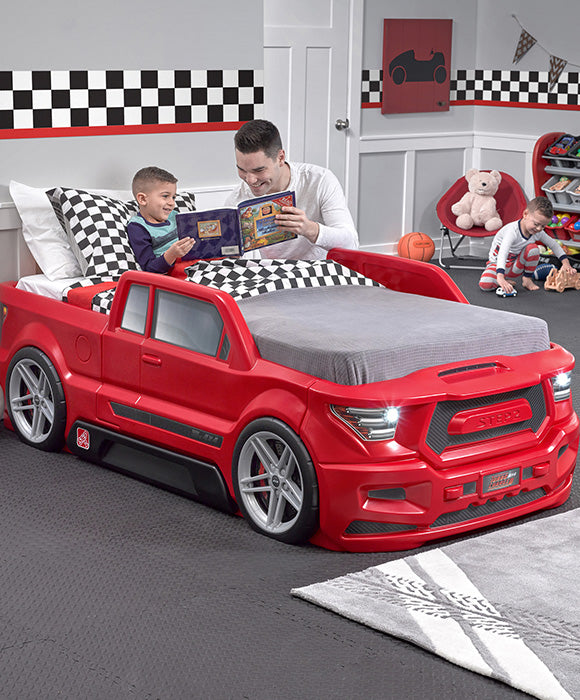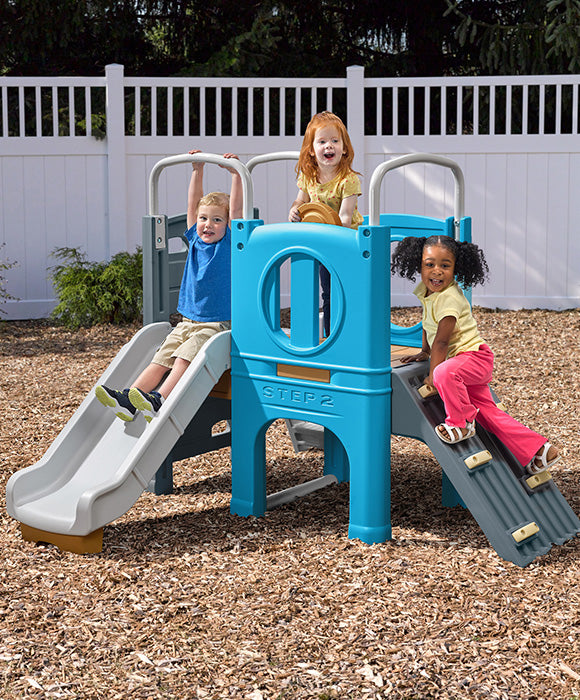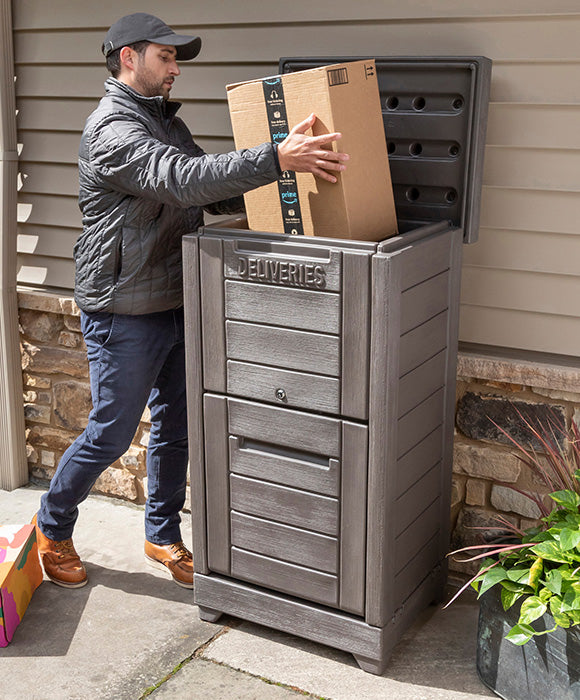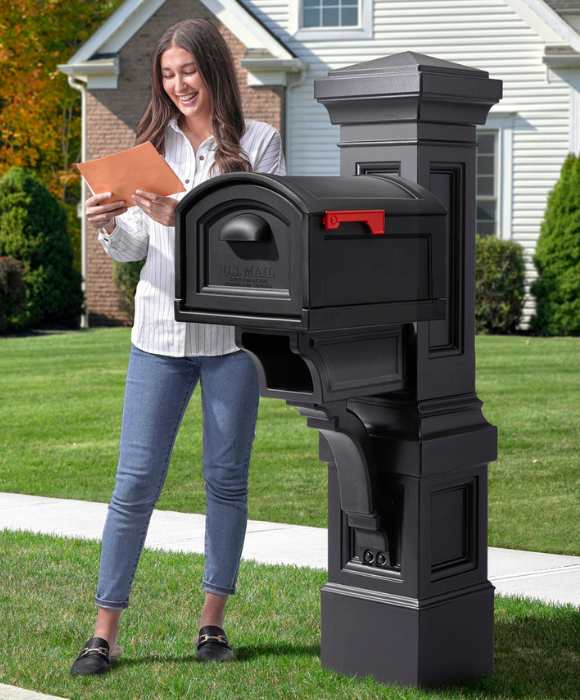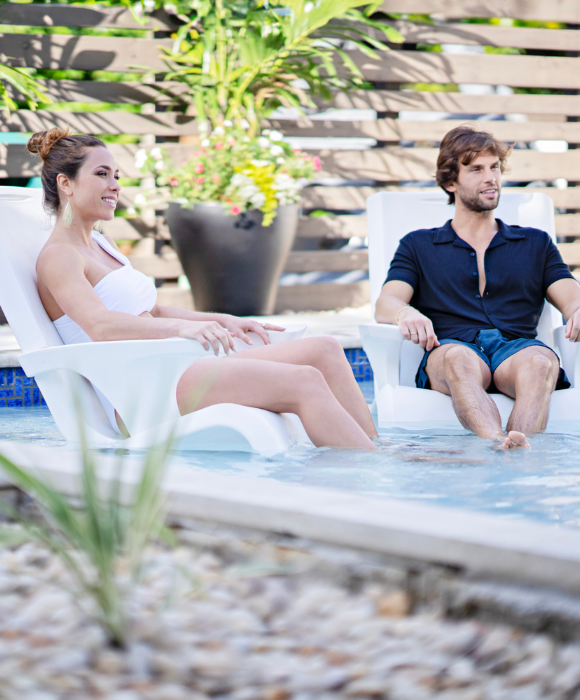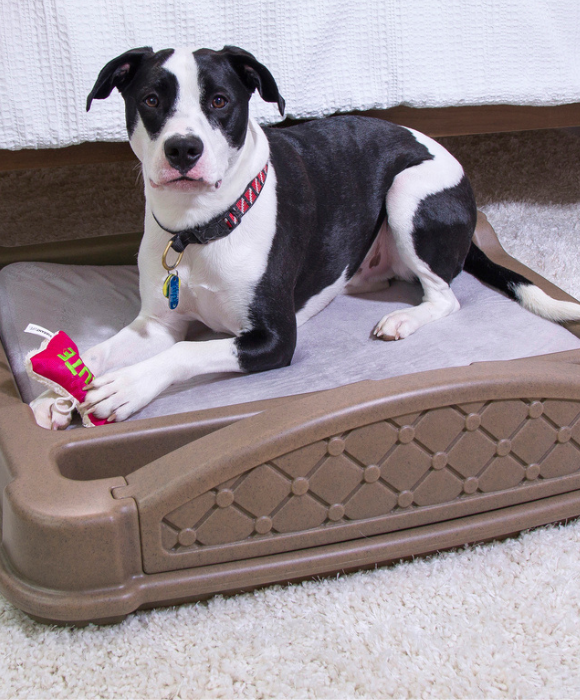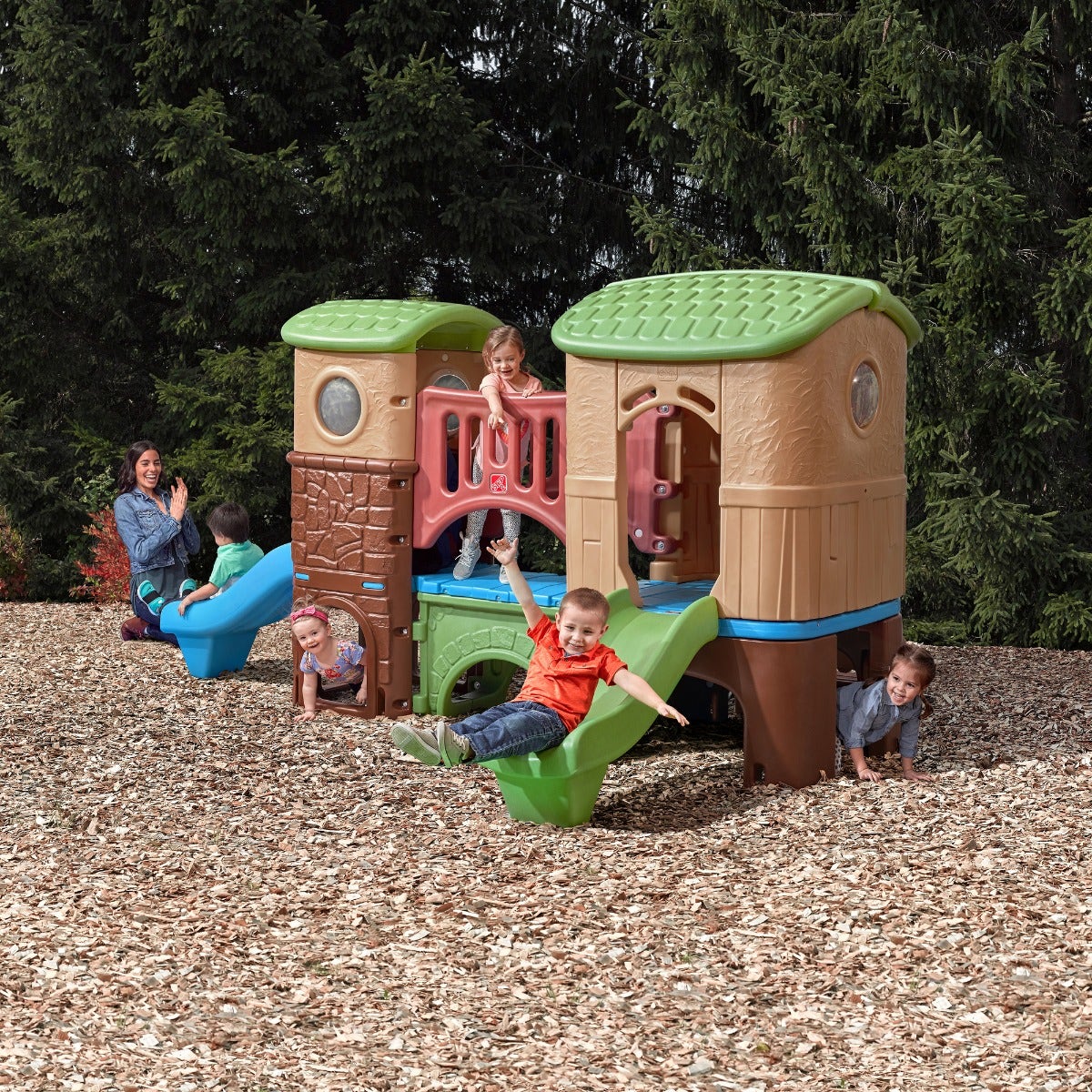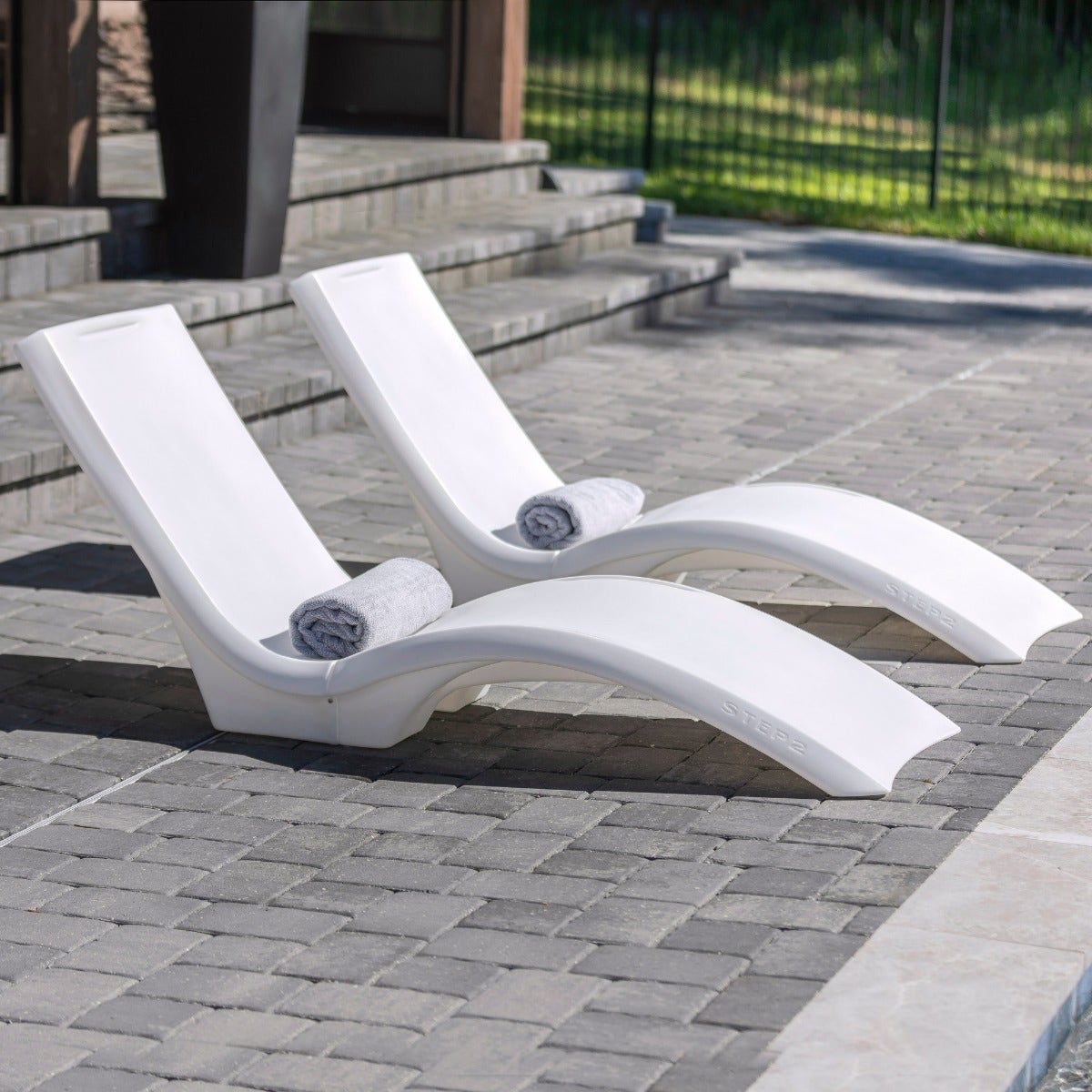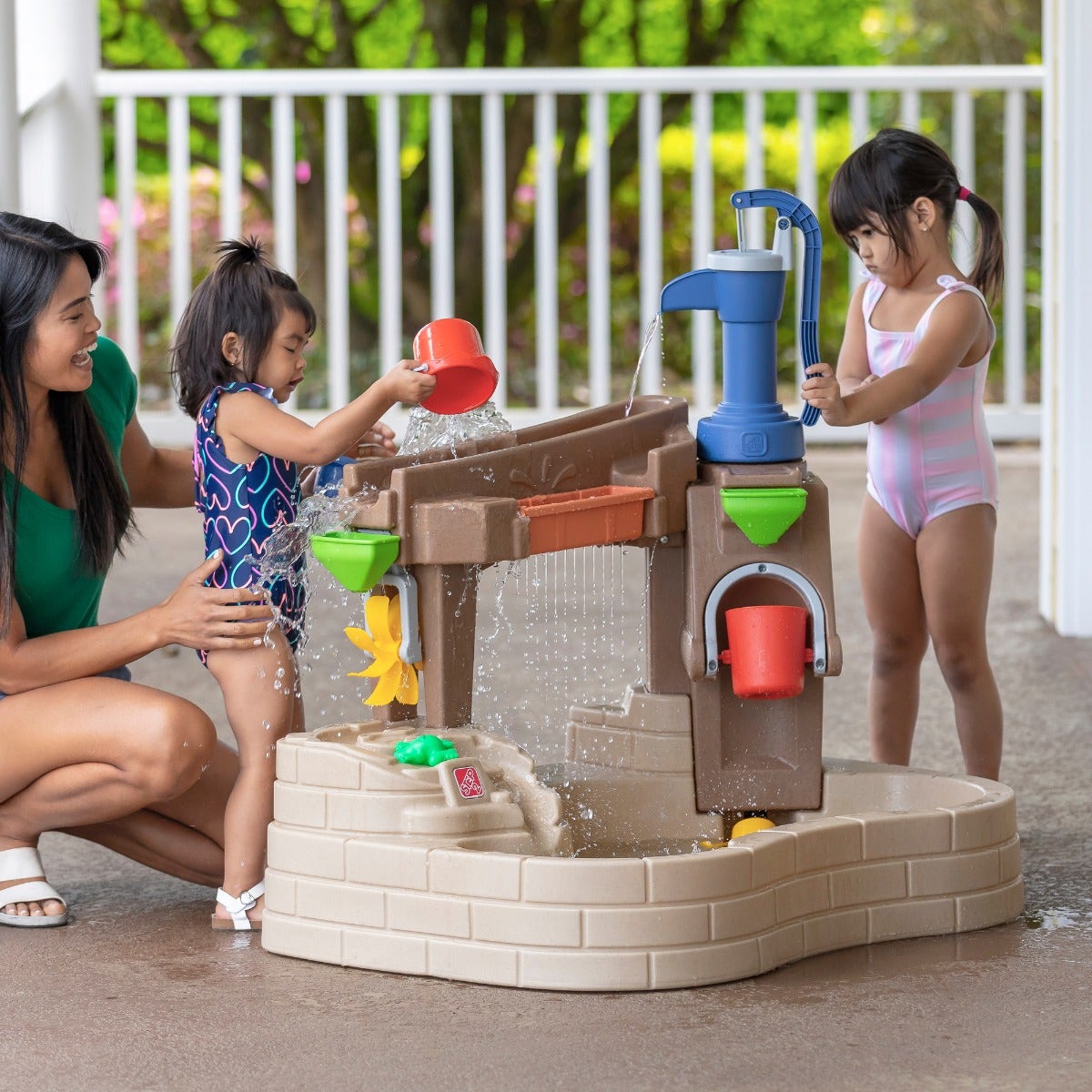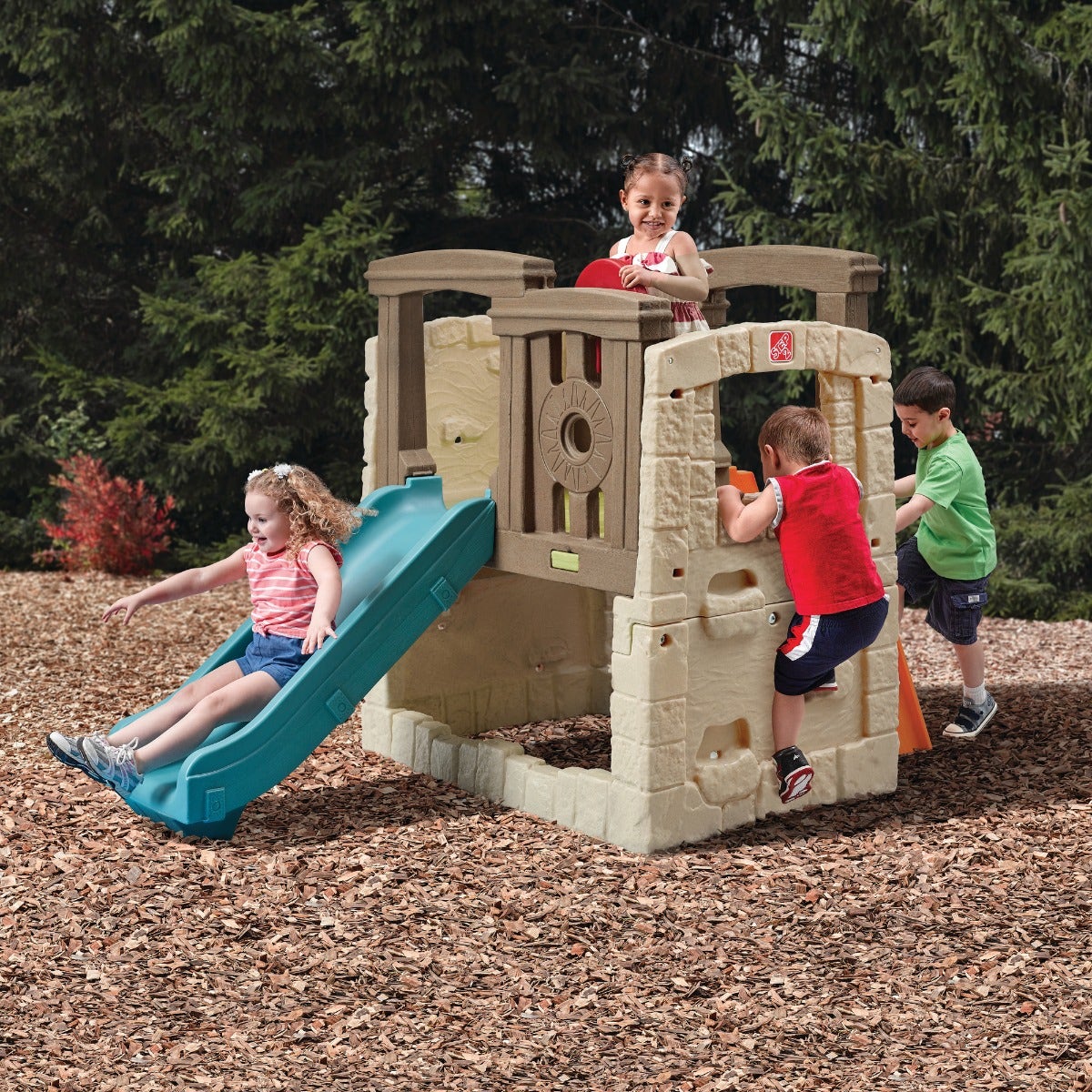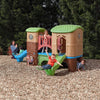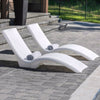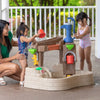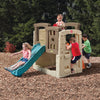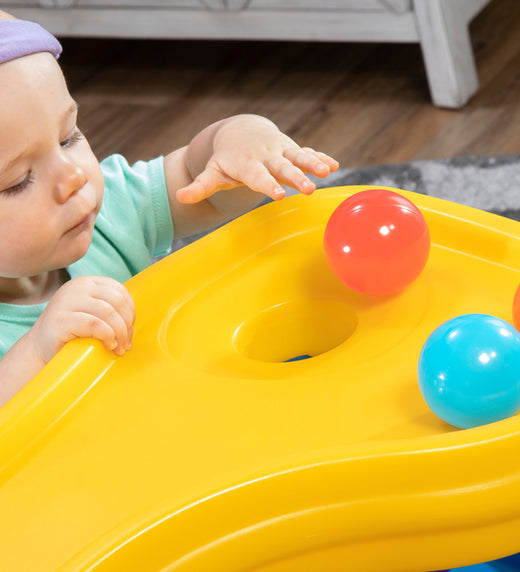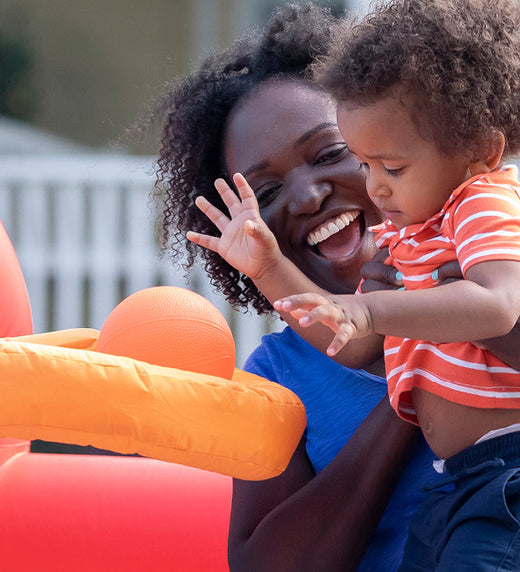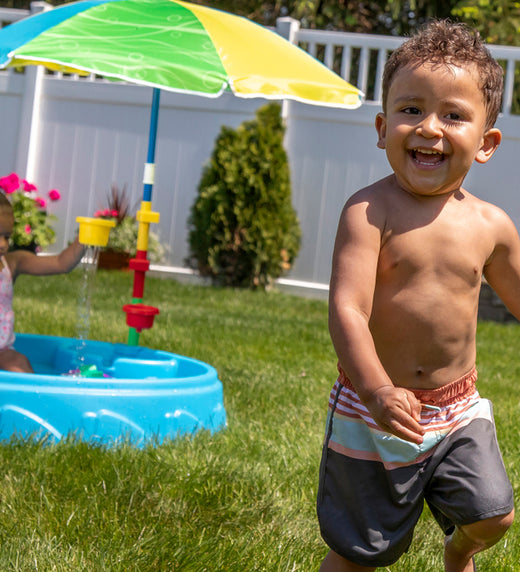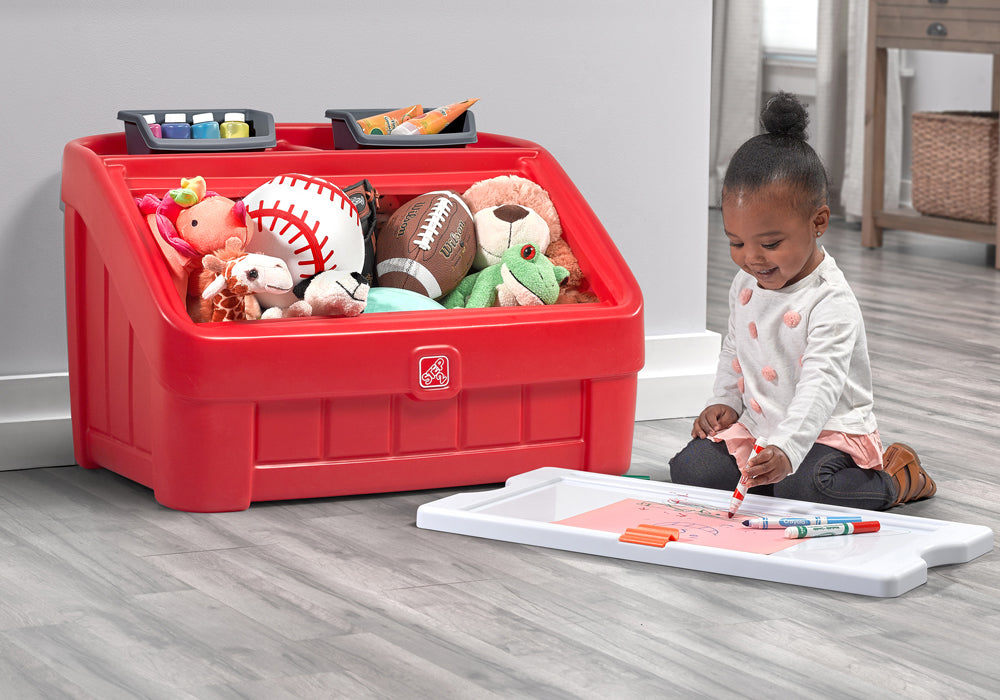
By Dr. Keili Mistovich, MD, MPH
As parents of toddlers and young children, we often find ourselves feeling like our homes are overtaken by toys. They’re everywhere—in every room, inside, outside, everywhere. You clean them up, and the second you turn around, your little love has managed to dump that bin of toys right back out again. It’s exhausting!
Trying as it can be to stay on top of the mess, as parents, we know that toys are so important for our children’s development. Toys are how kids learn and are an essential component in nurturing their brain growth and development.
Children will find toys in any environment, even if that means creating their own out of nature or discarded items. Kids are hardwired with a need to play. Learning how to manage your children’s toys is key.
Managing Toys
Parents manage their children’s toys in many different ways. Sometimes, we just accept the chaos and convince ourselves that this time shall pass, and, eventually, we’ll long for the days of stepping on Legos, cleaning up glitter, or helping your child put all 27 of her stuffed animals to bed each night. Other times, parents will try to actively control and organize the toy situation in hopes that it won’t get too out of control.
To help manage some of the accumulation, try a couple techniques:
- Researching: Select a toy that will be most useful for your child. Select an item that can benefit your child’s cognitive, social, or gross motor skills development.
- Use it or lose it: Haven’t used it in 2 weeks? Gone. If a toy isn’t actively being used by your children, donate it. The less clutter the better.
Setting Boundaries & Setting up Toy Organization Success
Let’s consider instead what it would look like if families were empowered to acquire just the right amount of the right toys and also have ways of reusing and rejuvenating them for a second or even third life!
First, I want to lay out a few ground rules. In my conversations with families at the office, I often find that setting up the ground rules can be one of the more daunting tasks. Just remember: Establishing the ground rules early on will save you a lot of headache and frustration down the road.
Set Boundaries for the Gift-Giving Adults in Your Child’s Life
It’s hard to tell your children’s well-intentioned grandparents or other extended family members that you’d prefer that they show their generosity towards your children in other ways.
Know that there can be a happy medium that most family members can get on board with, especially if your strategy is explained early on. Limiting the number of toys your child receives does not mean that the grandparents give them nothing; it just means that the toys are kept within reason.
Request that grandparents limit themselves to one or two toys per child at birthdays and holidays. If they want to give more, request instead that they gift your child some quality time, such as a trip to the zoo or museum. Creating memories is one of the most meaningful gifts your family and friends can give!
Set Boundaries for Your Children and Start Early
Children who are handed everything they ask for will often find it difficult to truly appreciate the toys they have. Often, their eyes will immediately turn to the newest gadget and quickly forget everything they already have.
Getting a handle on this and limiting the number of items your children receive from an early age—even age 2 and 3 years—can have a profound impact on their ability to appreciate and play with what they have rather than always expecting more and more.
And most importantly, you’re allowed and even encouraged to say, “No,” when your child asks you for yet another toy! Showing your child love doesn’t need to be done through material items. It’s your time and presence that children yearn for the most!
Toy Organization: Choosing the Right Amount of the Right Toys
One of the keys to implementing the just-the-right-amount-of-the-right-toys strategy is to remember that overstimulation is detrimental to your child’s happiness. While it may seem reasonable that providing your child with all types of toys may be beneficial, this is in fact the opposite.
When children, especially younger children and toddlers, have too many choices, their brains feel overwhelmed. It’s much easier to choose between the red and the yellow ball rather than choosing between balls of every color or their favorite character!
Now, apply this same idea to their playroom. If your child walks into a playroom and there are limitless choices of toys to play with, they won’t know where to start! They’ll be overwhelmed by all the options, and the effects of overstimulation will start to set in.
You’ll often find these children bouncing from toy to toy, playing with each for only a few minutes before moving on to the next one. These kids have difficulty with focus and will often become more irritable as the day goes on. Overstimulation can even affect their development; their brains will be so busy navigating all these choices, they won’t have time to slow down and learn.
Tips on Choosing Toys & Playroom Organization
After many years of helping parents to navigate the toy world, I have identified a few key strategies. After you’ve established boundary-setting for your family members and your own children, next is to learn how to choose and how to manage the toys your child does have.
Be intentional about the toys you buy and let into your house.
- Choose durable toys for kids: All toys are not made equal, and this is going to be reflected in the quality and durability of the toy. You want to avoid toys that are likely to break and have to be replaced. Children have to learn to be gentle, so choosing toys that’ll last for years are key to success. Step2 has tons of strong, durable toys that’ll last for years through your child’s play.
- Choose toys that spark imagination: Ideal toys are those that can be used by multiple different ages of children and are designed to spark creativity. Step2 playhouses, kitchens, and workshops are exactly the type of toy I am referring to. These toys are specifically designed with children of all developmental ages in mind from toddlers through elementary aged and are durable enough to last for years. They engage your child’s imagination and can be used for an infinite number of play scenarios. Another example of a multi-use, creativity generating toy is building blocks. Again, the number of uses and different types of structures that can be built are infinite. They can be used by children of all ages, ranging from toddlers who are just mastering stacking to your 4th grader who is learning to engineer complex bridges.
- Use the rotating tub system: Keep your child’s toy options fresh with the rotating tub system. Buy several large plastic containers and use them to divide your child’s toys. Making them seasonal—winter toys, summer toys, etc.—works well. Keep one tub of toys out and put the others away. Every few months swap out the tub of toys. This is one of the easiest ways to give new life to toys. Often, kids will forget that they even have an item. Giving it to them as a fresh toy will spark new joy, almost as if they have never seen it before! This strategy also works well when you have kids of different ages. Put away toys that your older kids no longer use, and pull them back out for a rotation when your younger kids are the right age.
- Keep toys organized: Labeled bins are your friend. Buy lots of bins and label them with both the name of the toy and a picture of it. Not only does this help keep your play room tidy, but it’ll also help your child identify sight words and learn to recognize the names of the toys by picture association. Be strict about cleaning up toys as your child plays. Once one activity is done, immediately put it away. Using bins makes this easy, and children, especially toddlers, love to put things into a bucket! Make a game out of cleaning up, sing a song, beat the timer—anything to make it fun, and most kids will play right along!
- Craft time: Kids love to be creative. Arts and craft projects are a perfect way to inspire creativity. Start a separate bin to be used for rainy-day craft projects. Choose items that can be used for picture frame decoration, wreath making, painting and drawing projects, dioramas, scavenger hunts, or even buried treasure!
- Repurpose a toy: Finding a new use for an old toy is an ideal way to stretch the life of your child’s toys. One example of this could be turning your toddler’s Step2 water table into a sensory table by filling it with sand or rice and hiding other small toys inside. You can also repurpose a Step2 sand table as a garden when teaching your elementary school child about the parts and lifecycle of a plant.
Playroom Organization & Choosing Toys with Intention
Learning how to best manage your child’s toys is essential to avoid unnecessary and potential harmful overstimulation for your child. Even more, it’ll allow you to minimize the clutter and chaos in your home. By starting early, setting boundaries, getting creative, and choosing wisely, you are bound for success!
Find durable toys that stimulate cognitive development, social-emotional skills, gross motor skills, creativity, and more at Step2.com!
How do you set boundaries for your child’s toys? Share in the comments below!
Dr. Keili Mistovich, MD, MPH, is a mom, pediatrician, and fierce advocate for children. She earned a Doctor of Medicine degree and Masters of Public Health from the University of Pittsburgh School of Medicine. Dr. Keili graduated from the Pediatric Residency Program at UPMC Children’s Hospital of Pittsburgh and was on the clinical faculty at Pitt. She also cared for children at the nationally renowned Cleveland Clinic and University Hospitals Rainbow Babies and Children’s Hospital. Dr. Keili is now a co-founder of Greater Cleveland Pediatrics, a new practice with a unique and personalized approach to patient care for all families.
